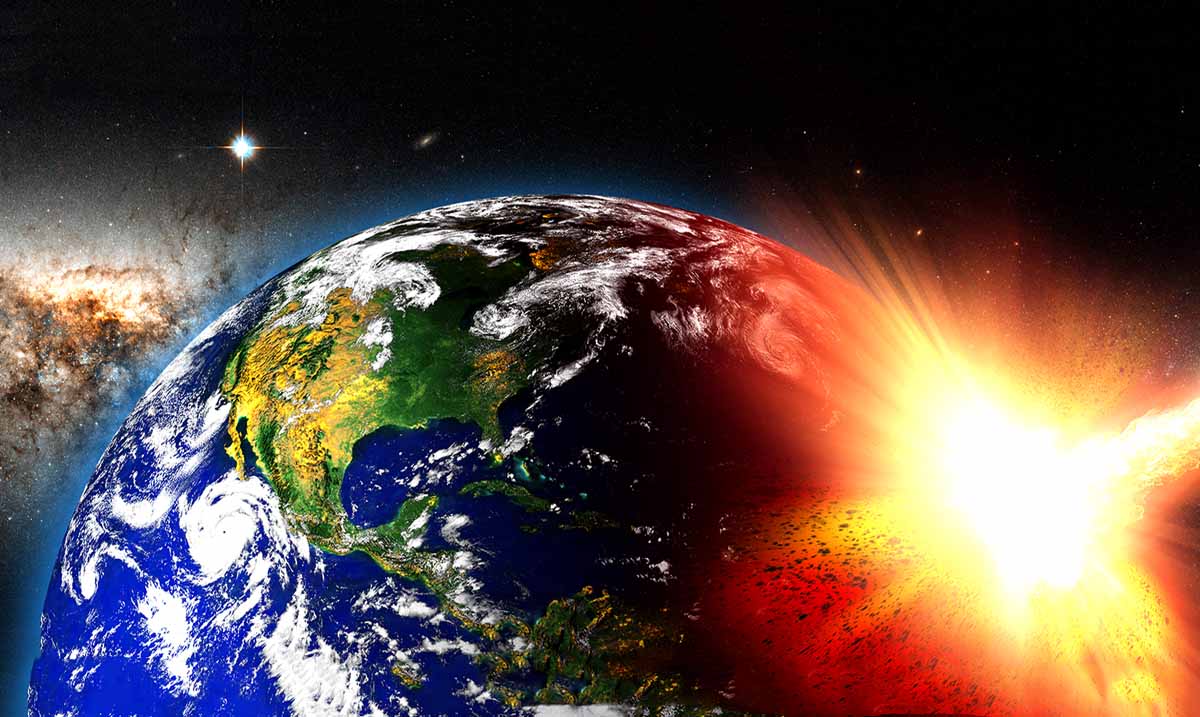A group of experts from the United States and European space agencies attended an exercise led by NASA in which they faced a scenario involving an asteroid. The Asteroid would be 35 million miles away and approaching Earth and could hit in six months.
During each day the participants learned about the asteroid’s size, trajectory, and chance of impact. They then had to cooperate with one another and use their knowledge to see if they could do anything about the asteroid. They fell short.
The group determined that no technology existing on earth could stop the asteroid from striking earth in the given six-month time frame. In the simulation, the asteroid devastated Eastern Europe.

At this time, no asteroids pose a threat to Earth in this specific way. But an estimated two-thirds of asteroids 460 feet or larger, could wreak considerable havoc. This is why space agencies are attempting to prepare for a similar situation.
“These exercises ultimately help the planetary defense community communicate with each other and with our governments to ensure we are all coordinated should a potential impact threat be identified in the future,” Lindley Johnson, NASA’s planetary defense officer, said in a press release.
But the truth is, Six months is just not enough time to prepare for an asteroid impact. The fictitious asteroid in the simulation was called 2021PDC. In the scenario the asteroid was first spotted on April 19, at the time there was supposed to be a 5 percent chance of it hitting the planet on October 20, six months after the date of discovery.
Day 2 of the exercise fast-forwarded to May 2, and there was a new impact trajectory calculating the asteroid to hit Europe or Northern Africa. Various missions were considered to destroy or deflect the asteroid off its path.
However, it was concluded that such missions would not be able to get it off the ground in the short amount of time before the impact.
“If confronted with the 2021PDC hypothetical scenario in real life, we would not be able to launch any spacecraft on such short notice with current capabilities,” the participants said.
Blowing up the asteroid was also considered using a nuclear explosive device.
“Deploying a nuclear disruption mission could significantly reduce the risk of impact damage,” they found.
But because the asteroid could be anywhere from 34.75m to half a mile in size, it was unknown if the nuke would even make a dent.
Day 3 skipped to June 30, and Earth’s future was starting to look grim because the trajectory showed it heading straight for Eastern Europe.
Day 4 fast-forwarded to a week before the impact and there was a 99 percent chance the asteroid would hit near the border between Germany, the Czech Republic, and Australia. The explosion would bring with it as much energy as a nuclear bomb.
The only choice was to evacuate.
Most asteroids fly under the radar and are spotted too late to do anything. This exercise was trying to assume that in the real world, astronomers would spot the asteroid with more than six months’ notice. However, our ability to surveil near-Earth objects is sadly incomplete.

